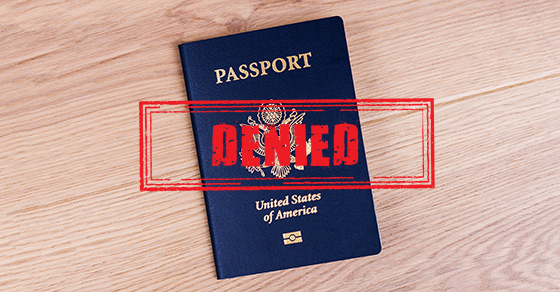Can you deduct home office expenses?
Working from home has become commonplace. But just because you have a home office space doesn’t mean you can deduct expenses associated with it. And for 2018, even fewer taxpayers will be eligible for a home office deduction.
Changes under the TCJA
For employees, home office expenses are a miscellaneous itemized deduction. For 2017, this means you’ll enjoy a tax benefit only if these costs plus your other miscellaneous itemized expenses (such as unreimbursed work-related travel, certain professional fees, and investment expenses) exceed 2% of your adjusted gross income.
For 2018 through 2025, this means that, if you’re an employee, you won’t be able to deduct any home office expenses. Why? The Tax Cuts and Jobs Act (TCJA) suspends miscellaneous itemized deductions subject to the 2% floor for this period.
If, however, you’re self-employed, you can deduct eligible home office expenses against your self-employment income. Therefore, the deduction will still be available to you for 2018 through 2025.
Other eligibility requirements
If you’re an employee, your use of your home office must be for your employer’s convenience, not just your own. If you’re self-employed, generally your home office must be your principal place of business, though there are exceptions.
Whether you’re an employee or self-employed, space must be used regularly (not just occasionally) and exclusively for business purposes. If, for example, your home office is also a guest bedroom or your children do their homework there, you can’t deduct the expenses associated with that space.
Two deduction options
If you’re eligible, the home office deduction can be a valuable tax break. You have two options for the deduction:
- Deduct a portion of your mortgage interest, property taxes, insurance, utilities and certain other expenses, as well as the depreciation allocable to the office space. The method requires calculating, allocating and substantiating actual expenses.
- Take the “safe harbor” deduction. Only one straightforward calculation is necessary: $5 × the number of square feet of the office space. The maximum safe harbor deduction is $1,500 per year, based on a maximum of 300 square feet.
More rules and limits
Be aware that we’ve covered only a few of the rules and restrictions here. If you think you may be eligible for the home office deduction on your 2017 return or would like to know if there’s anything additional you need to do to qualify on your 2018 return, please contact us.






